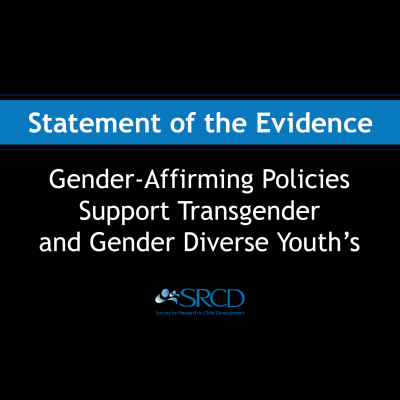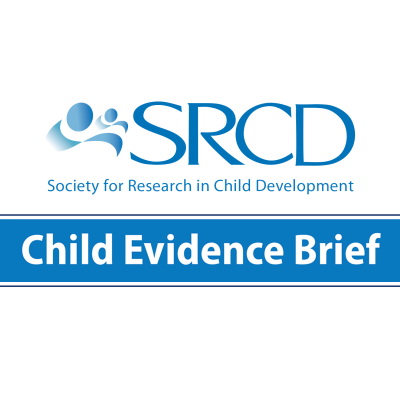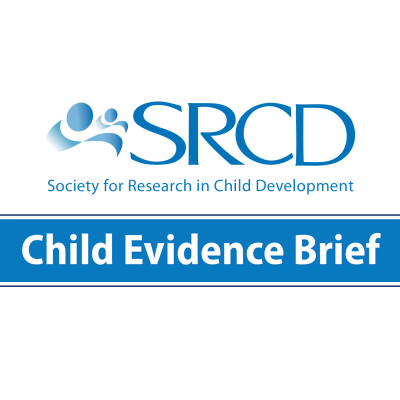Youth Mentoring Programs: What Leads to Success?
Social Policy Report Brief, Volume 20, Issue 3
Why Does This Matter?
Three million young people participate in formal one-to-one mentoring relationships in the United States today, six times the number who took part in such programs a decade ago. National interest in mentoring also has risen, as has federal, state, and private funding for these programs. Young people who take part in high-quality mentoring programs are more likely to finish high school, attend college, improve their self-esteem, and stay away from gangs, research has shown. But despite widespread support for mentoring and studies that show what works, most programs fail to incorporate the very features that have been found to make them work, putting youth at risk.
Mentoring enjoys huge public support, with increases in the number of programs and the amount of funding. But research shows that to yield benefits to young people, many mentoring programs should be run differently.
Policy Implications
- Federal funding for mentoring programs has increased substantially over the past decade, with annual Congressional appropriations of $100 million since 2004. State and private funding have added to the increase in programs.
- Big Brothers Big Sisters currently serves 300,000 young people, up from 100,000 in the mid-1990s; the group aims to reach a million by 2010. The Corporation for National and Community Service has called for three million new matches by 2010. MENTOR/National Mentoring Partnership has set a goal of serving 15 million youth. Mentoring was also a key rationale for the establishment of America’s Promise—The Alliance for Youth, chaired by Colin Powell.
- Despite the popularity of mentoring, research suggests that many current programs may be failing youth. Studies have found wide variation in programs’ effectiveness. In the rush to replicate, quality is sometimes compromised as new programs stray from practices grounded in research. Studies show that the more closely programs adhere to proven practices, the more likely they are to benefit young people.
- Policymakers instituting new programs should pay close attention to the research (see “What the Research Says”). They also should look at programs that emphasize the benefit of assessment by building in evaluations. One such program is the Mentoring Initiative for System Involved Youth, sponsored by the Office of Juvenile Justice and Delinquency Prevention (OJJDP) in the U.S. Department of Justice. This initiative is being launched in four demonstration sites and rigorously evaluated within a research-oriented framework. Several large evaluations of schoolbased mentoring programs should provide additional useful information.
What the Research Says
- In the mid-1990s, Big Brothers Big Sisters of America released an impact study citing benefits to youth participating in its program in emotional, behavioral, social, academic, and career development areas, though the scale of those benefits was small.
- Subsequent studies of mentoring have been mixed. Research based on the National Longitudinal Study of Adolescents found that teens who took part in mentoring programs starting at age 14 were more likely to finish high school, attend college, or work; had higher self-esteem; were less likely to fight or be a member of a gang; and were healthier than their peers who didn’t have such relationships.
- Other studies have not found broad benefits for young people, and evaluations of some programs have shown significant problems with programs’ ability to support high-quality relationships, leading to less favorable results.
- Research tells us that certain features need to be present in mentoring relationships in order for them to be effective. Such features include close ties between youth and adults, a regular schedule of contact, and duration of at least a year. When the features that have been found to make mentoring relationships successful are lacking, the relationships may not work and may even do harm. A lack of compatibility, insufficient skills on the part of the mentor, infrequent contact, short duration, and the absence of a close bond can keep mentoring relationships from reaching their potential.
Facts at a Glance
- Site-based mentoring, in which young people and mentors meet at school or in the workplace, was a rarity 15 years ago. It now accounts for more than half of mentoring programs, with most taking place in elementary schools.
- Not all mentoring programs are as effective as the originals on which they are based.
- Successful mentoring programs identify the critical elements, assess the “market,” and provide ongoing supervision and monitoring. One such program is the Across Ages Mentoring Program, a schooland community-based drug-prevention initiative that pairs 9- to 13-year-olds with adults over 55.
- The results of preliminary studies of cost-benefit ratios for youth mentoring programs are disappointing. Benefits of participation in the Big Brothers Big Sisters program, for example, exceeded costs by only the narrowest of margins (an estimated $1.01 benefit for each $1 of cost) when including both taxpayer and other costs.
- High rates of volunteer turnover are a major drain on mentoring programs. Despite programs’ considerable investment in mentor recruitment, matching, training, and supervision, as many as 50 percent of relationships end prematurely. To address these problems, many programs are lowering the bar for volunteers, reducing the time commitment and requiring less frequent meetings. These changes run counter to research showing the benefits of longer, more intensive relationships.
This brief summarizes a longer Social Policy Report, "Understanding and Facilitating the Youth Mentoring Movement," by Jean E. Rhodes, Professor of Psychology at the University of Massachusetts in Boston, and David L. DuBois, Associate Professor in the Division of Health Sciences within the School of Public Health at the University of Illinois at Chicago.


